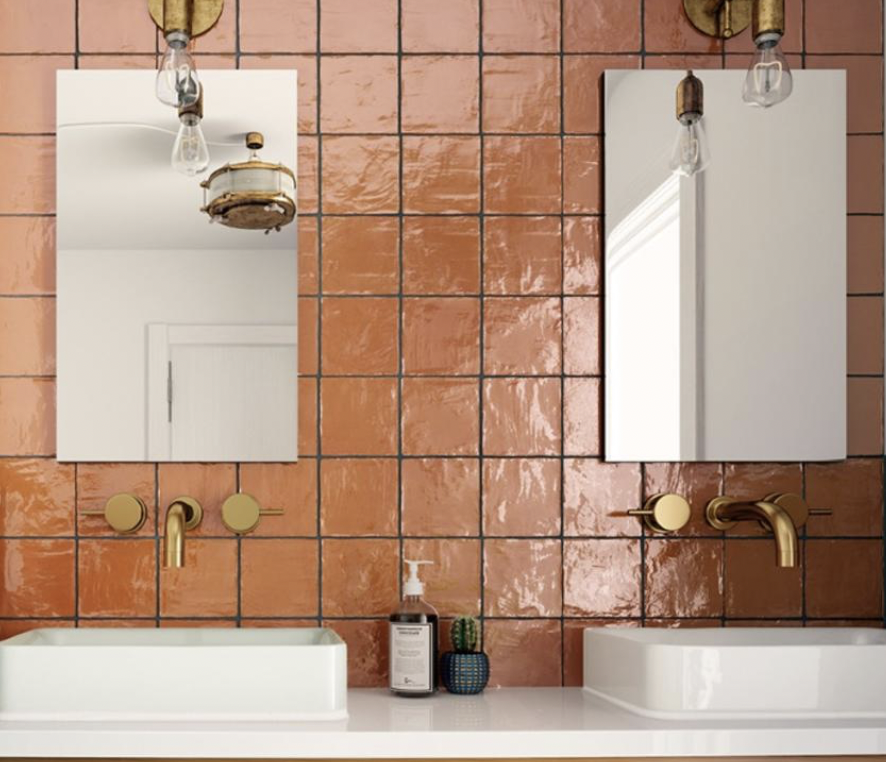The Science Behind Granite: What Makes It the Perfect Material for Tiles?
When you imagine a home brimming with enduring beauty, it’s hard not to think of granite. This remarkable natural stone has been a favourite for generations, especially regarding flooring and tiling. Many people love its sleek finish and elegant patterns, but the science behind granite's appeal goes far beyond simple aesthetics. Below, we explore how granite forms deep within the Earth, the minerals that give it its unique properties, and why it remains an exceptional choice for tiles in both residential and commercial spaces.
The Geological Formation of Granite
Granite owes its existence to magma—the molten rock beneath the Earth's crust. Over millions of years, this magma cools and solidifies slowly, typically beneath mountains where the pressure is immense. The long cooling process allows the rock's mineral crystals to grow, creating granite's signature speckled appearance. That speckled pattern isn't just for show: it's a map of the diverse minerals in the rock.
Geologists classify granite as an igneous rock, one born from fiery beginnings. Its formation occurs underground, allowing the stone to develop the strength and consistency that make it a powerhouse in construction. When granite is quarried and cut into tiles, it's already prepared to stand up to heavy foot traffic, spills, and constant wear and tear—no wonder it's a top choice for indoor and outdoor projects.
What’s Inside? The Mineral Composition
The strength and durability of granite come from the diverse minerals that comprise it. Three minerals typically dominate the composition:
Feldspar – Known for its abrasion resistance, feldspar helps give granite its solid foundation.
Quartz – This mineral is famously hard—on the Mohs hardness scale, quartz ranks at a 7, contributing significantly to the stone's resilience.
Mica – You can often spot mica as shiny flecks within the stone. Beyond its eye-catching look, mica adds subtle elasticity that helps prevent fractures.
Each mineral lends a specific characteristic that makes granite tiles an ideal long-term investment. The interplay of feldspar, quartz, and mica isn't only functional—it also creates striking visual patterns that draw people in at first glance.
Why Granite Stands the Test of Time
Thanks to its mineral structure, granite tiles are scratch-resistant and can handle the hustle and bustle of daily life. The stone won't easily show signs of wear, whether you have children, pets, or a busy household filled with guests. This toughness also extends to heat resistance: you can place hot pans or appliances on granite surfaces without fear of damaging the stone.
Beyond everyday practicality, granite remains low-maintenance. When properly sealed, it resists moisture and stains, cutting down on tedious cleaning or costly repairs. Over time, granite retains its lustre, proving its worth as a long-term investment.
Combining Style with Practical Applications
Many homeowners opt for granite tiles in the kitchen for a luxurious yet practical upgrade. For those looking to install or learn more about granite countertops, explore our page on granite and quartz countertops in Montreal and Laval to see how this rock's unique properties translate beautifully into your cooking space. You'll quickly find that granite complements traditional and contemporary aesthetics, offering an array of colours and patterns.
Granite tiles also shine in areas beyond the kitchen. Bathrooms, entryways, and outdoor patios benefit from the stone's resistance to temperature changes and high-traffic use. Plus, granite's natural variations in colour and grain make each tile a one-of-a-kind statement piece. Even better, these attributes can contribute to more eco-friendly living, a topic we delve into in our post on how granite tiles enhance sustainable home design.
The Ongoing Appeal of Granite
One look at a granite-tiled floor or wall, and it's easy to see why this stone captivates homeowners and designers. The science behind granite reveals a material formed under intense pressure and time, fused with minerals that make it incredibly durable, heat-resistant, and visually impressive. No wonder granite tiles have stood the test of centuries and show no sign of losing their charm.
When you choose granite for your tiles, you’re investing in more than just a pretty surface. You're investing in a piece of the Earth's geological history—a natural product forged by nature to be functional and stunning. That combination of aesthetics and practicality ensures that granite tiles remain a timeless favourite for generations.

